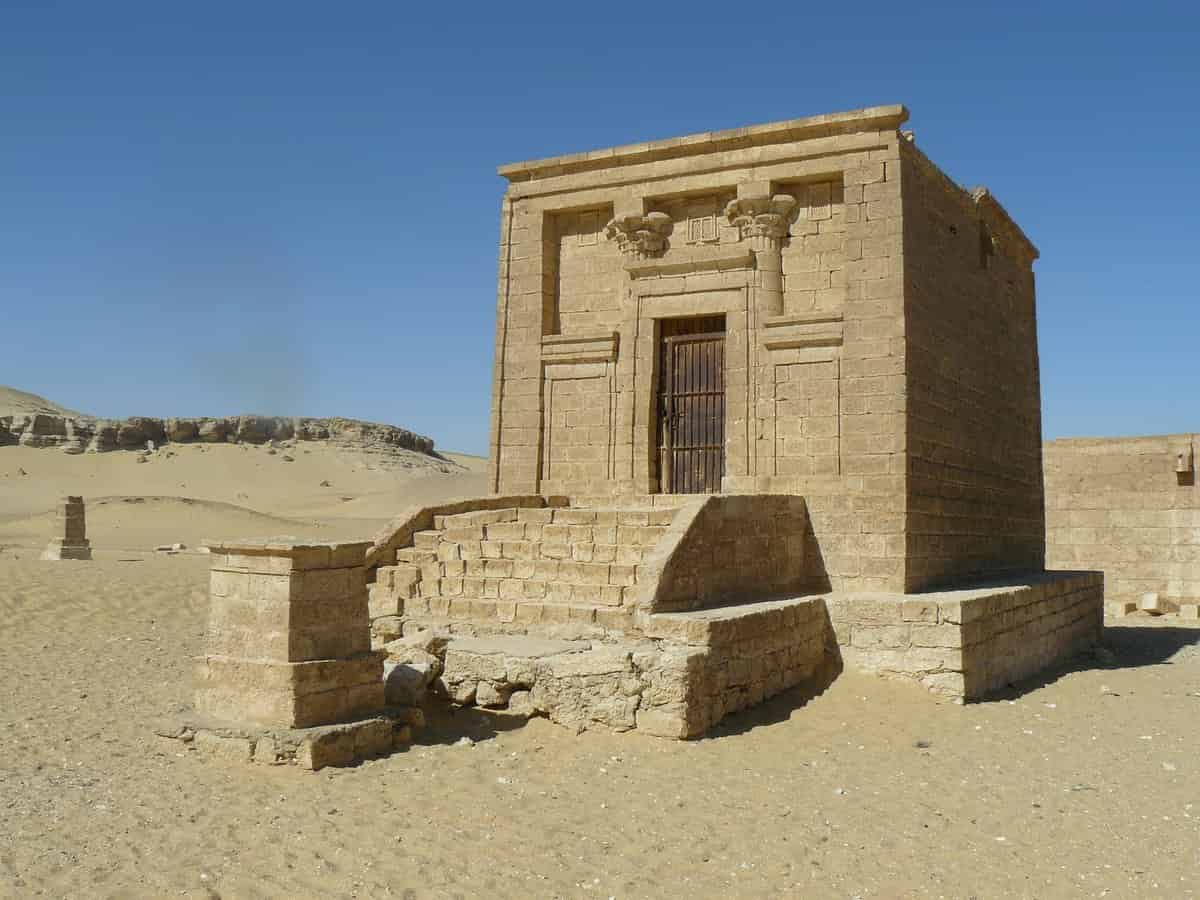Welcome to the enchanting world of Egypt, where history whispers through the winds and the ancient sands guard the secrets of a bygone era. In the heart of this mystical land lies Tuna el-Gebel, a site that unveils the hidden pharaohs and untouched heritage of a forgotten time. As we explore the Lesser-known Temples and Ruins, let’s embark on a journey to the isolated ruins of Tuna el-Gebel, where the echoes of ancient Egypt come to life.
South of Minya Governorate is the city of Malwa, which contains the largest archaeological history. It is also the land chosen by the ancient Egyptians to be the land of eternal resurrection, because its name is linked to land and water, and it guarantees the survival of the ancient man until his return. Tuna Al-Jabal, from which the word of monotheism and the worship of one God began, Akhenaten made it its capital. The country is the ِAket Aten. He chose it to place on its mountains and rocks one of his historical paintings, the Border Painting.
What is the meaning of Tuna El Gabal?
Tuna El Gabal came from the word “Tawant” or “Tahnat,” which means the land of the sacred pond or lake. From it, “Tawaan,” the word “Tuna,” and the word “Jabal” were derived due to its location in the middle of the mountain.
One of the most intriguing aspects of Tuna el-Gebel is the discovery of hidden pharaohs. Unlike the well-known rulers whose names echo through history, these pharaohs left their mark in the shadows. As we explore the intricately carved tombs and cryptic hieroglyphics, the tales of these forgotten leaders unfold. It’s a journey through time where the pages of history are rewritten, and the legacy of these hidden pharaohs is revealed.
One such tomb is that of Petosiris, a high-ranking Egyptian priest who lived during the Ptolemaic era. The tomb is decorated with intricate carvings and paintings depicting scenes from Egyptian mythology and daily life. The walls are also covered in hieroglyphics, providing insight into the religious beliefs and cultural practices of ancient Egypt.
Another notable site at Tuna el-Gebel is the Temple of Soknebtwy, dedicated to the goddess Isis. The temple is unique in that it combines both Egyptian and Roman architectural styles, reflecting the city’s dual heritage. The temple also houses a number of well-preserved statues and reliefs depicting scenes from Egyptian mythology.
Exploring the Isolated Ruins:
As you wander through the labyrinthine corridors of Tuna el-Gebel, you’ll encounter a series of structures that transport you to a different era. From the Temple of Thoth, dedicated to the god of wisdom, to the intricately decorated burial sites, every step unveils a piece of the puzzle that is ancient Egypt. The isolation of these ruins adds to their allure, allowing visitors to connect with the history and architecture in a more intimate setting.
Preservation Efforts:
While Tuna el-Gebel offers a captivating journey through time, it is crucial to highlight the ongoing preservation efforts. The delicate balance between welcoming explorers and safeguarding the heritage is a priority. The dedicated work of archaeologists and conservationists ensures that these hidden pharaohs and their legacies remain intact for future generations to discover.
At Top Ten Egypt Tours, we are proud to offer our clients the opportunity to explore the lesser-known and hidden treasures of Egypt, including the fascinating ruins of Tuna el Gebel. Our experienced guides will take you on a journey through this ancient city, revealing its secrets and uncovering its untouched heritage.
At Top Ten Egypt Tours, we are committed to providing our clients with authentic and unforgettable experiences of Egypt’s rich cultural heritage. Join us on our excavation of Tuna el Gebel and discover the hidden treasures that lie beneath the sands of time. Contact us today to book your tour and embark on this exciting adventure!



Comment (0)